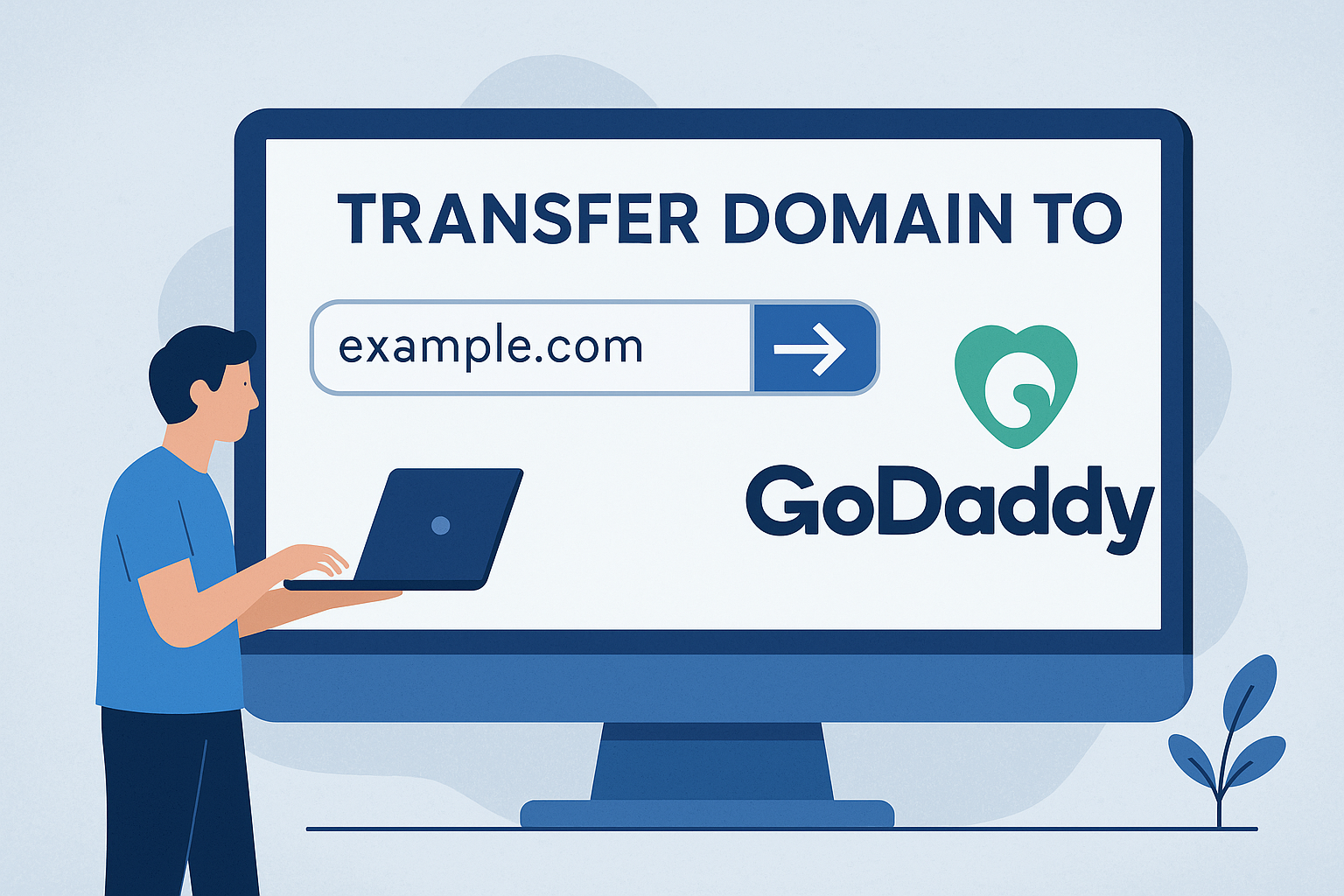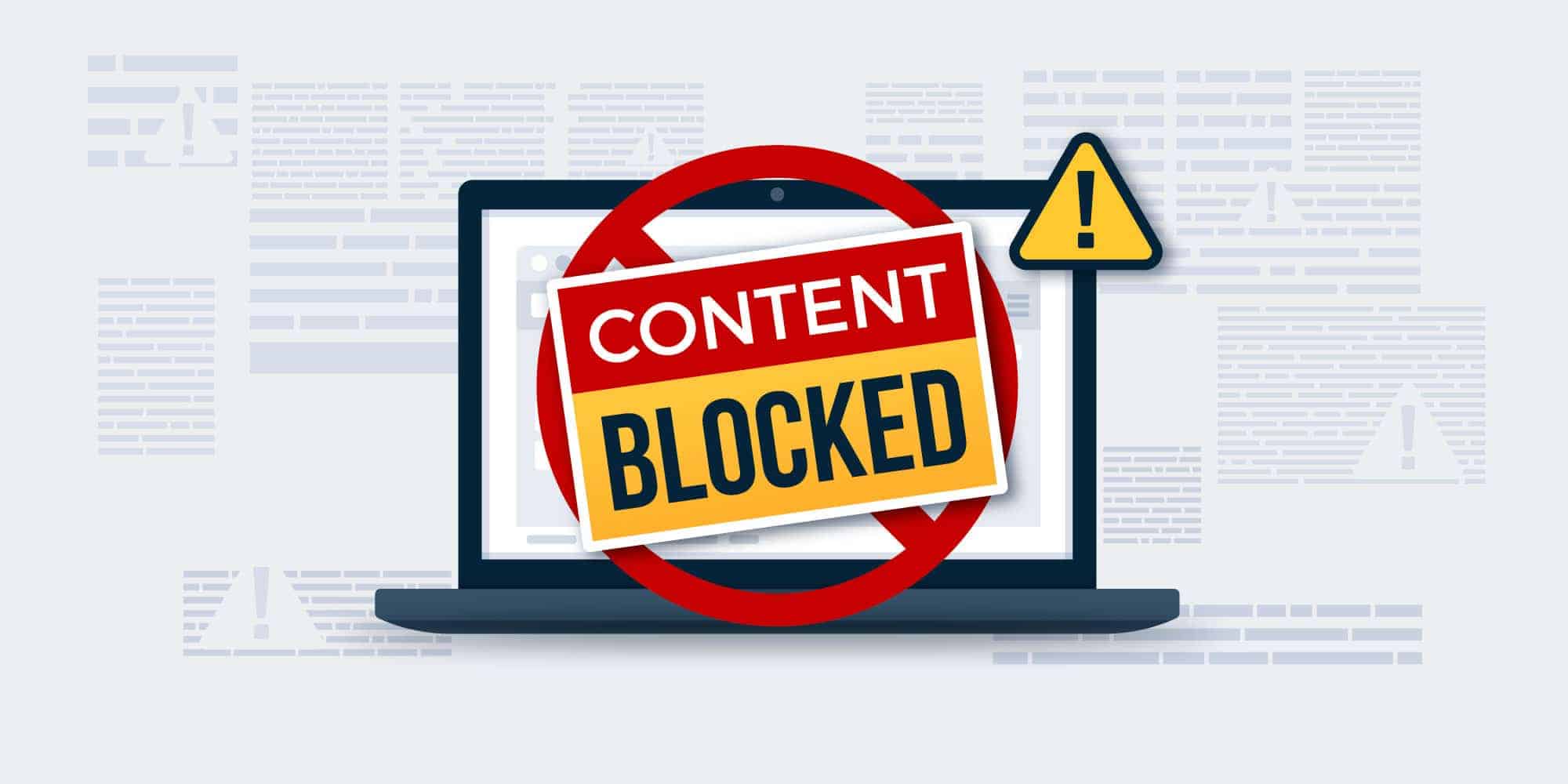Advertising disclosure
Hosting Canada is community-supported. We may earn a commission when you make a purchase through one of our links. Read Disclosure.
Best Ecommerce Platforms for Canadians in 2025
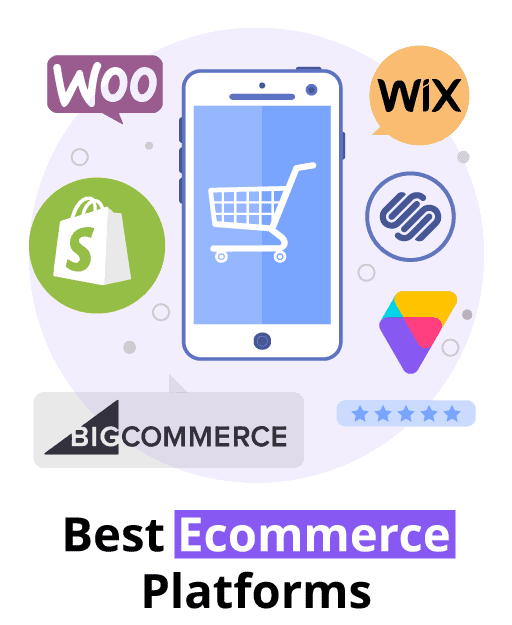
After comparing 6 popular website builders in depth, we've concluded that Shopfiy, WiX, and WooCommerce are the best eCommerce platforms for Canadians. 🇨🇦
Each good for different reasons that we'll get into, but Shopify takes the number 1 spot:
1. Shopify - The Best eCommerce Website Builder
Shopify’s entire existence is to help you build a business. If you have the will then they’ve got the way.
Founded by three guys in Canada when they were fed up with existing eCommerce options - Shopify has solved most issues eCommerce store owners have ran into in the past. Simply put, Shopify knows eCommerce in Canada best.
Pros
The pros for Shopify are endless as it truly is the best ecommerce platform on the market. A whole article can be written about how easy it is to showcase products in different ways on a home page but here are a few of the pros. It is also headquartered here in Ottawa, Canada.
Multiple Channel Selling (Sell On Amazon, Ebay, Etsy With 1 Click)
When selling products you aren’t putting much effort in if you are only showcasing them on your website. 48% of people start to search for a product on marketplaces. That means that half the people out there are turning to Amazon, Ebay, or Etsy for a solution to their problem.
Shopify allows you to integrate your products with these marketplaces as well as social media channels like Pinterest, Facebook, and Instagram.
Inventory System
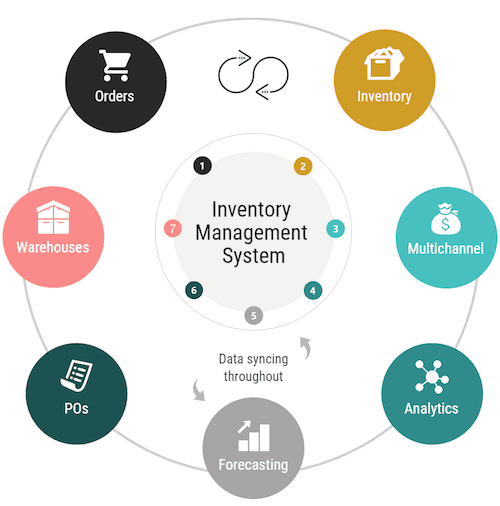 The inventory system on Shopify makes adding, organizing, and editing products a breeze.
The inventory system on Shopify makes adding, organizing, and editing products a breeze.
If you have a large product catalog it can be scary trying to organize everything on your website in a way that would make sense to customers.
If you have inventory that comes from different suppliers it can be even scarier.
Shopify allows you to have products that come from you and any other fulfillment center you may be using.
On a store where some products come from Amazon’s fulfillment centers, some come from a print on demand service, some from a dropshipping service, and some from you can be a huge headache but Shopify makes it effortless as each product can be set to being fulfilled from anywhere.
When it comes to organizing everything Shopify lets you make collections and allows you to organize your products in multiple groups at a time. Using Shopify makes it effortless to control your inventory.
Features
All the tools and gadgets you will need exist on Shopify. In the backend of the store there are options for many random aspects that are important such as customizing emails sent for order confirmations, updating privacy policies, and abandoned cart recovery.
If there is no feature for what you are trying to do then turning to the Shopify app store is the place to go. There are a bunch of apps that charge fees or sometimes even have free versions to help with specific issues that Shopify store owners have.
Shopify will even send you a credit card reader when you sign up with them so you can sell your goods in person as well.
Cons
The cons of Shopify are it’s best selling point. There really aren’t any cons. If there is any platform that does something better than Shopify - it usually isn’t much better.

The pricing isn’t great for beginners. You have to cough up some money if you want to use a platform like this but the cost is comparable to all other platforms.
The biggest con with Shopify is trying to customize your website past themes. In order to code inside Shopify you need to know what you’re doing. A lot of the time this involves hiring someone to help you.
Backend Coding
There are some esoteric aspects of Shopify’s backend. There are some issues that pop up that will leave you scratching your head and Googling a developer service to help you out.
Finding someone that knows what they’re doing can lead to extra costs and delays in fixing your store.
Ease of Use
Setting up a store on Shopify is as easy as it gets. The whole point of Shopify is to make setting up a store as easy at it gets. You don’t need to be an expert to do anything on the platform.
Shopify gives you a working online store structure so all you have to do is design your store. There are templates so you don’t actually have to design anything if you don’t want to either and their optimized for mobile displays.

The website builder works similarly to other options such as Wix and Squarespace and make editing different elements a breeze. All Shopify approved themes are also easy to use by design and make it a breeze to make a beautiful storefront. There is also the option of hiring a Shopify approved expert developer to make your site as perfect as possible.
You don’t have to do anything for online payments and you can throw your product catalogue on social networks.
The Shopify mobile app is also a huge differentiator. The app is amazing and multiple functions can be accomplished on the go. In today’s day and age why would you ever pick an option without a mobile app.
Templates/Design - No Design Required
Free themes on Shopify are a viable path if you don’t want to fork up any cash to make your website beautiful.
There are ten free themes available that all accomplish different goals. One specializes in edge-to-edge photography (great for showcasing Canada landscapes), one is great for crowdfunding, and one focuses on being easy to navigate.

If you want more functionality there are thousands of themes to buy for Shopify. Developers like Out of the Sandbox make beautiful themes designed to make creating a beautiful store easy. These come with great knowledge bases and communities themselves to help you along on your designs.
Apps and Add Ons - Over 2,000 Apps
Shopify has more than 2,000 apps and growing. If there is something for eCommerce that you want Shopify will have it. The options really do cover everything.
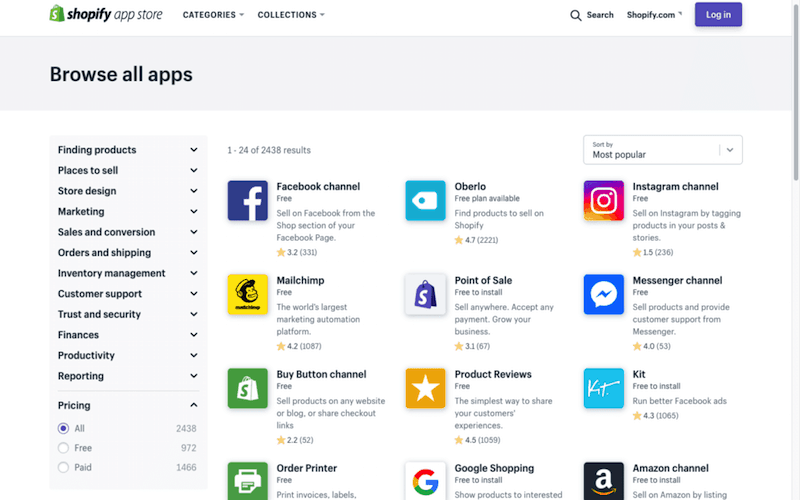
If you’re looking to create a dropshipping empire then you can read our dropshipping guide. Oberlo will come in handy when you start your climb to the top.
Want to create custom t-shirts? Check out CustomCat. Marketing options that upsell, improve SEO, or automate good email marketing services are prevalent as well.
The review system on the app store shows what other people think about the plugin as well. Some of the best plugins even have free versions.
Customer Support
The support team at Shopify is fantastic. They’re available 24/7 by email, live chat, and phone. On top of their support team the knowledge base at Shopify is excellent.
The other great thing about Shopify is that it is the most widely used eCommerce solution. That means that the community is lively. Any type of issue that could be had is usually addressed in the community and leaves the customer support on the side.
Shopify Pricing
The pricing on Shopify can seem a bit pricey but the cost is worth it if you are serious about building and growing an eCommerce store. Shopify’s cost builds in everything you will need to grow an online business.
Shopify competes well with other eCommerce platforms as their pricing structures are extremely similar. The pricing compares poorly with other platforms not built specifically for eCommerce as well as free options hosted on WordPress.
If enough sales are coming through even the most expensive option will be a negligible cost.
Each tier of pricing includes unlimited products, 24/7 support, the ability to sell in other sales channels, manual order creation, discount codes, SSL certificate, abandoned cart recovery, Shopify payments with fraud analysis, POS app, physical hardware, and robust app selection.
Other costs involved on Shopify are paid plugins, paid themes, and domain purchase. There are a large number of plugins that are worth the cost as well as gorgeous paid for themes that can truly elevate your store.
The great thing about Shopify is to have a fully functional store with some of the best features on the market it will only cost you $29 a month. As you scale up your store you can scale up expenses. Shopify also includes a custom enterprise level as well which allows more customizability.
To learn more read our Shopify Review.
2. Wix - Great Website Builder - Not Best For Ecommerce
Wix is a website builder that gives you the freedom to create anything without the hassle of actually learning how to create anything.
With excellent eCommerce options for limited libraries this is the best choice for people who are selling one or two products.
TLDR
Wix is a great tool for building a website but it doesn’t have all the 3rd party apps and features that make a great ecommerce platform.
Pros
Wix offers a lot of positives for eCommerce and website design in general. While it wasn’t built just for eCommerce it actually can go a long way in offering a beautiful store. Admittedly, it is best for small product catalogs but if you’re a photographer or artist Wix might be the best option for you.
Blank Canvas - You should use Wix if you want to drag-and-drop but you also have a little bit of patience to take the time to master the functionality of Wix. Once Wix is mastered it is a powerful tool that will allow you to turn a blank canvas into a work of art.
Elements - The amount of options and elements to add to a website is extensive. If there is an option you can think of for an aesthetic feature on a website Wix will have it. The options are endless.

Each element has a staggering amount of options on top of that…
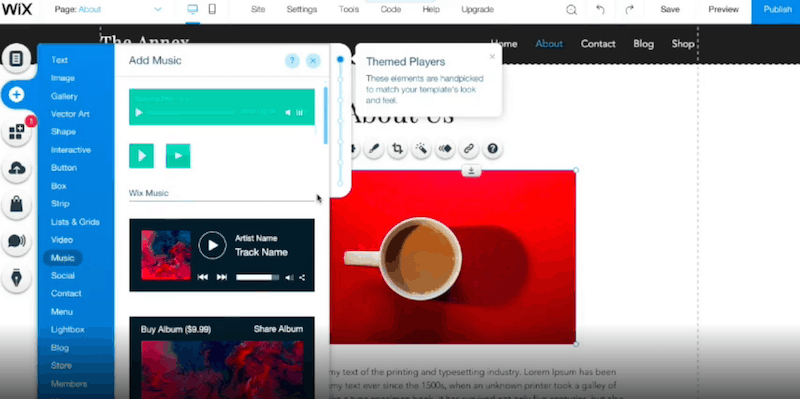
Artificial Design Intelligence - Rather than taking the time to look through all of the themes and layouts the software picks for you based on preferences and questions asked. It’s a timesaving and decision mitigating feature. Feel free to add whatever you want on top of it as well.
Cons
Wix operates a middle ground between being a solid eCommerce choice and just being a website builder. The thing is, if you want a simple website builder with eCommerce options then you might be better suited using Squarespace. If you want an eCommerce platform with way more eCommerce functionality then you will definitely want to use Shopify.
eCommerce Functionality - When it comes down to it Wix just wasn’t made for an extensive eCommerce experience. With that being said it is possible to have a wonderful eCommerce store. You just won’t find the same type of feature scope and eCommerce support you would on Shopify.
Design overwhelm compared to other options - With Wix, there are countless options and numerous attention grabbing features. The easy, drag-and-drop website builder that is promised is generally easy to use but Squarespace is much easier if that is what you’re looking for.
Ease of Use
Wix is the second easiest to use platform on this list when it comes to design. The only easier one is Squarespace. Actually creating a website is super easy on Wix and you will be incredibly surprised by how beautiful of a website you can make with the software.
Most people who want to build their own website with drag-and-drop functionality should use Wix. The only people I would point in the direction of Squarespace are those that want a simple website with no distractions.
The problem does come up when eCommerce comes into the equation. The eCommerce functionality is not great on Wix but the features they do have are easy to use.
Templates/Design

The positive side of the editor is that it is as simple as it gets. The editor is something you can pick up right away and be halfway decent at. There are a few tricks and finer things to learn but for the most part it is easy to do whatever you want.
The age old problem of moving elements around software is that there is a chance it can interfere with other elements nearby. It isn’t quite as dramatic as software such as Microsoft Word but it still can cause a few issues.
The type of issues ran into are easily remedied as well. Luckily, there are tools such as undo, redo, snap-to-grid and anchor dragging. Below is an example of the issues that usually pop up. When we change the font size of one section - the header logo is inexplicably enlarged as well.
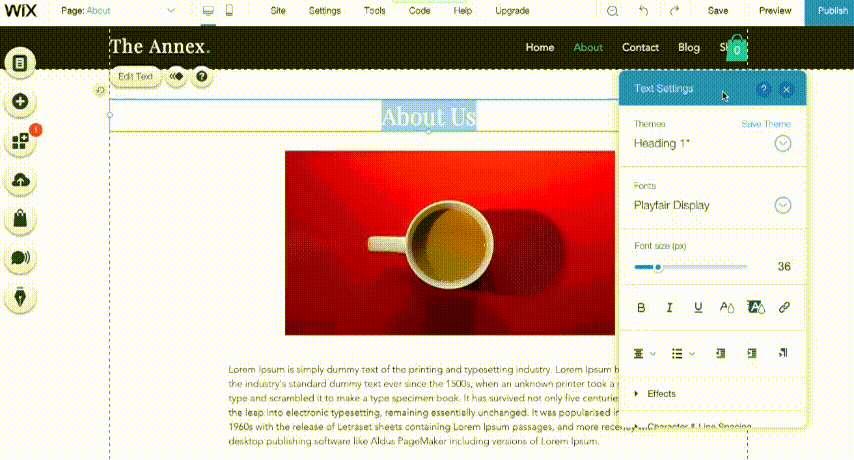
Wix’s editor is just as easy to use as any other editor out there. With Wix’s editor there is just more. The more is fun though - we promise.
With total design freedom comes some awesome features in the editor that can’t be done in most website builders and are extremely hard to build into custom built websites. Wix’s ability to throw videos and animation everywhere and anywhere is next-level feature porn in our opinion.
The quirks with some of the formatting issues aren’t deal breakers. The issues happen but they’re always easily fixed and worth it for the complete blank canvas editor. Also, the ease of use of the editor is wonderful. Did we mention you just drag the crap you want to the places you want them and then leave them there? It’s awesome!
Wix Apps and Add Ons
Wix does have a relatively extensive app market. The one that will get the most attention for eCommerce users is the Wix Stores app. This app helps with everything needed to create and manage an online store and makes it pretty easy. It doesn’t offer as much functionality as just using Shopify but it goes a long way.
There are other addons that help sell downloads, add booking functionality, and use print on demand services.
Wix Customer Support
If you are feeling any overwhelm Wix has you covered. This is why Wix is so great for beginners.
The Wix Help Center is perfect for beginners. Selecting the Editor portion of the help center leads to hundreds of articles. Hundreds! Figuring out how to use any feature can be done by going to the help center and searching what you are looking for. They’ll even teach you things about SEO if you want to read it. Wix really has you covered.

Wix’s customer support team is also extremely quick and helpful. They only have two options but they both work well. You can submit a ticket or use their callback service Monday-Friday from 8AM-8PM EST. A response usually comes within five minutes. There is also the option in the higher plans for priority customer support.
Wix Pricing
Wix pricing is low compared to actual eCommerce hosting services. From their lowest tier to their highest you don’t actually receive better eCommerce functionality. The higher price points do offer value just not the type of value Shopify or BigCommerce offer.
All pricing plans accept online payments, are 100% commission free, offer unlimited bandwidth, a connected domain, no Wix ads, Google Analytics, free domain for a year, $300 dollar ad voucher, site booster app, and a form builder app.
Wix is cheaper than most alternatives. However, you get what you pay for. Wix offers the most simple eCommerce functionality - which could be what you’re looking for.
While we don't think Wix is the best ecommerce platform out there, we do still think it's a great option.
Looking for just a regular builder? Check out our best website builders.
Be sure to check out our full Wix review.
3. WooCommerce (Free) - Good for WordPress Users - Requires Coding
The eCommerce platform for WordPress, which is currently most popular among CMS users.
This is the option for people who live on WordPress. WooCommerce is the choice if you want every inch of your website to be customized.
It is also the choice of a lot of web developers. If you have an existing WordPress website and want to add a few products then WooCommerce is probably the choice for you as it’s free to use.
Pros
The immediate positive of WooCommerce that sticks out is that it is free. The second is that it was built for WordPress so if you want to use WordPress then WooCommerce should definitely be your choice.

Blogs with products - A lot of online businesses start as blogs. Whether they’re trying to sell affiliate products, make money off of advertising, or just want to talk at people via the internet there comes a time where a lot of blog owners want to sell products.
Since the majority of blogs are hosted on WordPress there comes a giant value add from WooCommerce. At its simplest you can just throw in a few products on your website that you want to sell which fits in perfectly with a blog.
Inside WordPress - As mentioned above with blogging WooCommerce is inside of WordPress. That means that if you are a pro at WordPress outside of eCommerce then WooCommerce will be easy for you.
You don’t have to go learn how Shopify works to have a successful eCommerce store. As a WordPress veteran WooCommerce will make natural sense to you and can easily qualify as the best ecommerce builder.
Can do anything with it - Just like WordPress in general - if you have the know how you can do whatever you want with WooCommerce. When experienced developers build custom eCommerce stores a lot of the time they are using WordPress and WooCommerce.
Cons - Important Considerations
The negatives associated with WooCommerce are the same negatives associated with WordPress.
Learning Curve - WooCommerce is easy to implement on a low level. If you have WordPress figured out it is easy to just add a few products. Building out a huge store with giant product catalogs is a completely different story.
It takes a lot of WordPress and website development knowledge to build out the same type of store Shopify allows you to build out rather effortlessly. With that being said - you can go beyond Shopify with WooCommerce with that knowledge.
Time Consuming - WooCommerce can probably build the most customized store out of any of the options in this review. Attempting to accomplish this is a massive undertaking. Building the same type of store as the other options here will take much longer if you don’t have prior knowledge.
Might need a developer - Accomplishing the store build you need or want might take a developer. If you don’t know how to code and you have a grandiose vision you will need to hire a developer at some point.
Ease of Use
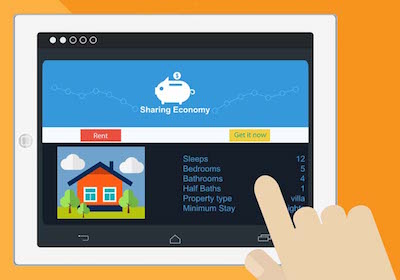 Once you have WordPress figured out adding products with WooCommerce is easy. Taking WooCommerce to the next level and building a fully fleshed out store is another story.
Once you have WordPress figured out adding products with WooCommerce is easy. Taking WooCommerce to the next level and building a fully fleshed out store is another story.
If you have hundreds of products it can be difficult to organize your products and build out a store that isn’t clunky.
If you have no WordPress experience there is a much larger learning curve.
First, you have to learn how WordPress works and make sure you have everything figured out with your theme and all the other plugins you’re using. Then it would be time to figure out the inner workings of WooCommerce.
WooCommerce Templates/Design
Contrary to what a lot of people think - you don’t need to know how to code to use WordPress. It definitely helps at times and can elevate your design to the next level. A lot of themes allow a lot of the functionality that Wix or Squarespace offers with the ability to customize further with code.
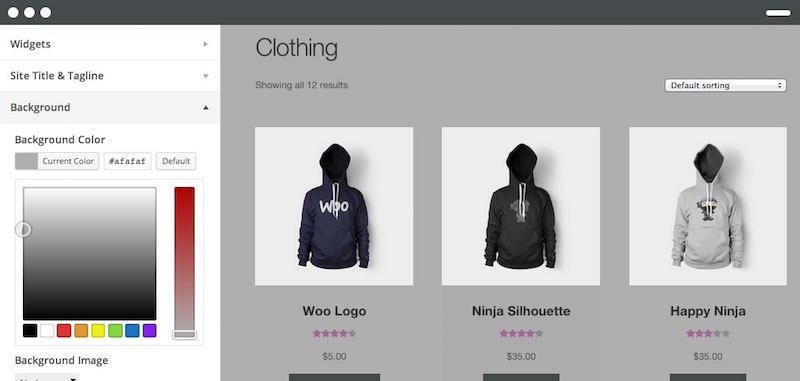
The way building a WordPress site starts is with the user selecting a theme to use. Themes are basically what the Wix builder is but built by other developers.
You can drag-and-drop in some cases or select an element to add to your site and then you can edit it with custom text, images, or whatever is applicable. Some of these themes are made specifically to work with WooCommerce and eCommerce in general
WordPress comes with a large variety of WordPress built themes that allow someone to build a basic website. The simple themes can be elevated with code but a website can definitely be built without using code.
On top of the free themes there are themes you can purchase and then use that offer a building experience similar to Wix. There are companies that have created a beautiful building experience like Elegant Themes and Out of the Sandbox.
Elegant Themes has created a builder that allows you to drag and drop specific elements with easy to use edit features. A lot can be done in seconds with no loading time.
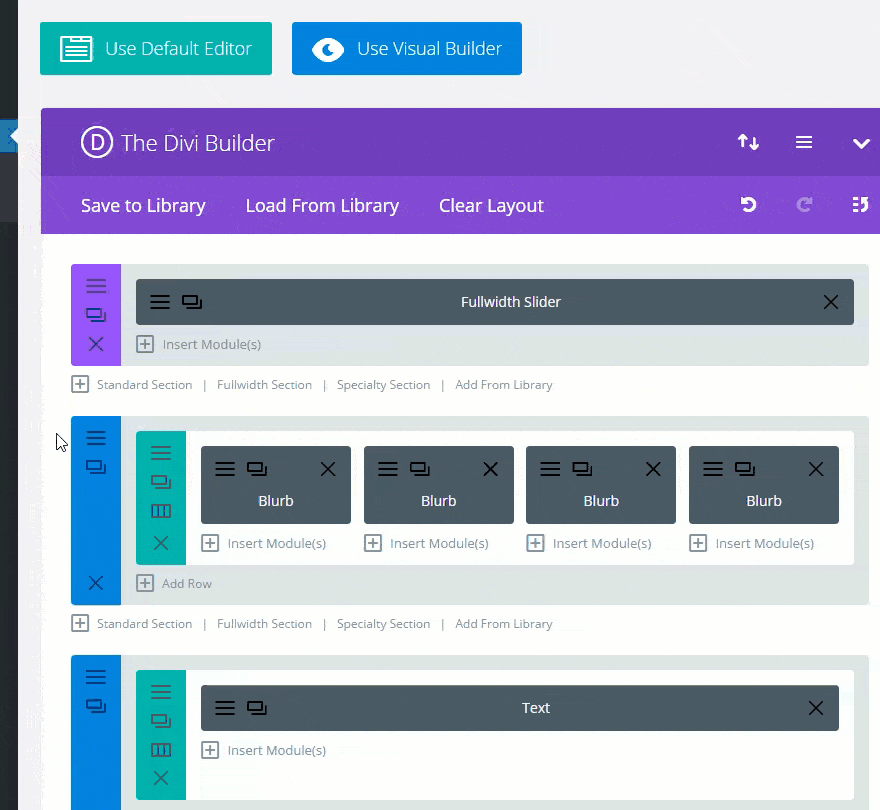
The amount of support and how-to information is purely based on which theme you choose. Some themes have extensive communities that can help with using the theme whereas some have almost no help.
Apps and Add Ons
If you look at a service like Wix - they have around 300 apps to choose from. When you think about it 300 sounds like a solid number - but what about accessing 54,434 plugins? By the time tomorrow rolls around there will be even more plugins on the WordPress marketplace. No one needs access to over 50,000 plugins. Or do they?
However, there is a plugin for anything you could possibly think of. They are all reviewed by real users if people are actually using them and will give you a good amount of information to decide on. It can be overwhelming to try to find what you’re looking for at times as well.
This is where eCommerce comes to life of WordPress. WooCommerce is technically a plugin and there are hundreds of plugins that can be used to improve your WooCommerce experience. A lot of it is trial and error.
Customer Support
Since you don’t actually pay for anything with WooCommerce the customer support isn’t offered in a variety of ways. A support request can be made directly to WooCommerce and the WordPress team might be able to help as well.
As far as community resources, WooCommerce has a lot. Since WooCommerce is used within WordPress the amount of people using it makes the community thrive. Anything you might need help with is probably just a Google search away. There is also always the option of hiring a developer.
WooCommerce Pricing
WooCommerce is absolutely free. You can add it to your WordPress website at no cost. The way WooCommerce makes money is by offering a large amount of plugins that help with various eCommerce functions.
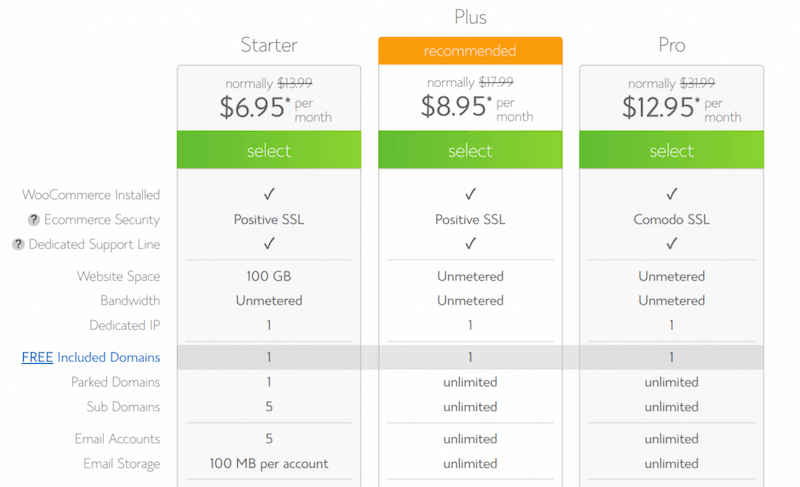
The beauty of this is that you can pay as little as zero dollars and just customize your site to the level you want it. The other costs involved are domain purchases as well as hosting costs just like any other website on WordPress.
The best thing about WooCommerce’s pricing is that you can start paying for features as you grow and customize your business.
Check out our WordPress vs. Wix review.
4. BigCommerce - Like Shopify But With ½ The Features
BigCommerce is the most similar platform to our top pick, Shopify. BigCommerce isn’t necessarily worse - there are people that prefer it.
Each of these softwares offer great services and if you’re looking for a direct competitor, then this is your first place to look.
It's also worth noting that this spot was almost a toss up between Magento and BigCommerce.
Magento can provide a good framework as can be seen on these eCommerce sites built on Magento 2. Regardless, BigCommerce took this spot due to its marketing and management tools as well as the ability to easily scale your operation.
Pros
The positives of BigCommerce are in their actual store management tools. When it comes to actually managing your built store it is almost if not as good as Shopify.
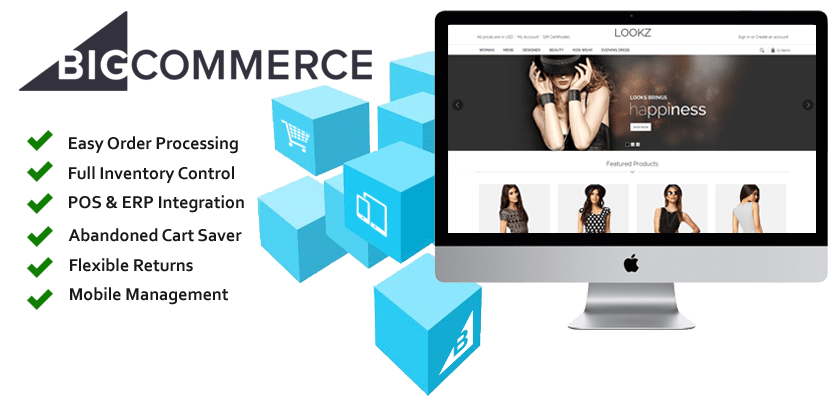
Management Tools - BigCommerce has great management tools when it comes to product management, order management, analytics, and reports. Once you actually have a built store and are happy with the design BigCommerce is helpful. When sales start to roll in managing them becomes a breeze.
Marketing Tools - Various marketing tools and apps are available on the platform to help with advertising, coupons, and SEO.
Scalable - As your sales grow BigCommerce has more options to scale up your operation. It’s pretty obvious that they’re more interested in helping high volume sales companies rather than the startup.
Cons
For all the aspects that might be equal to Shopify there are quite a few that are worse.
Design - Designing a store on BigCommerce is harder than designing one on Shopify. It isn’t as intuitive and the options aren’t as plentiful.
Transaction Fees - On the lowest plan there is a 1.5% transaction fee.
Intuitiveness - As a beginner you will be confused on BigCommerce. The design interface and terminology is just confusing. There isn’t much that can be done just by intuitively clicking around.
Ease of Use
 In general, BigCommerce can be a little difficult to use.
In general, BigCommerce can be a little difficult to use.
When actually designing your website it is easy to see that a developer would be much better at accomplishing what you want done.
The problem is - if you need a developer to create your website they probably won’t want to use BigCommerce. They’d choose WooCommerce or Shopify.
The other issue with their ease of use is that they don’t have a mobile app.
When directly competing with a company like Shopify - one with an amazing mobile app you better have a superior desktop experience. When running an eCommerce store there is always something that needs to be done while you’re on the run.
BigCommerce also uses weird terminology. If you’re a beginner in eCommerce you will be confused. When you should be focused on building your store you’ll be trying to figure out what the service is trying to tell you.
Templates/Design (Only 7 To Choose From)
There are free designs on BigCommerce - seven to be exact. However, they’re all designed by the same company and all kind of look the same. I'll be honest - they aren't very pretty.
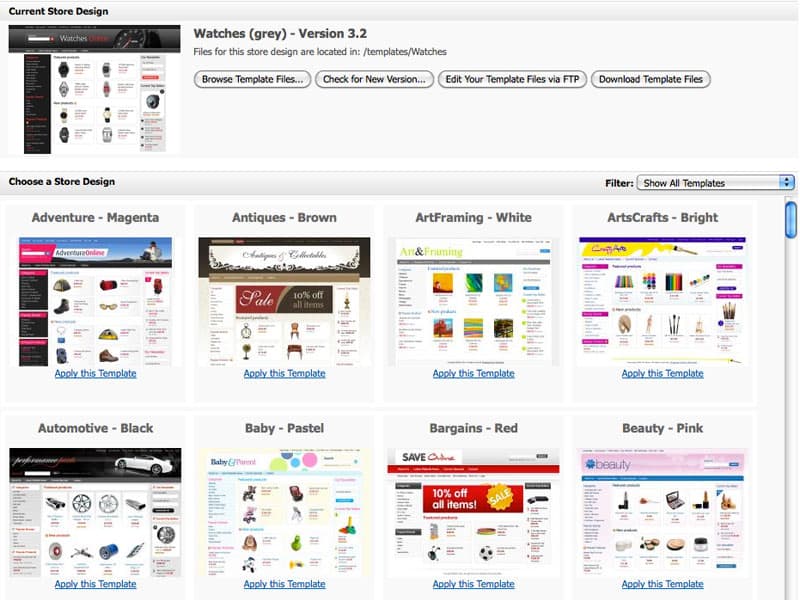
The paid for themes are pretty nice but come with a price tag of $145 - $235. The great thing about all of their themes is that they’re mobile responsive.
The hard part comes when actually designing the store. To be fair to BigCommerce they have made strides to improve the design process by building a tool called Store Design. Previously, you had to design your store and then preview it. Now both can be done on the same screen.
Even with this new tool BigCommerce lags behind Shopify due to their design experience for customization. All of their themes come out of the box professional looking but they are rather cookie cutter and customization is a heavy lift if you don’t have development experience. The design features are not plentiful.
Apps and Add Ons - Limited Amount of Apps
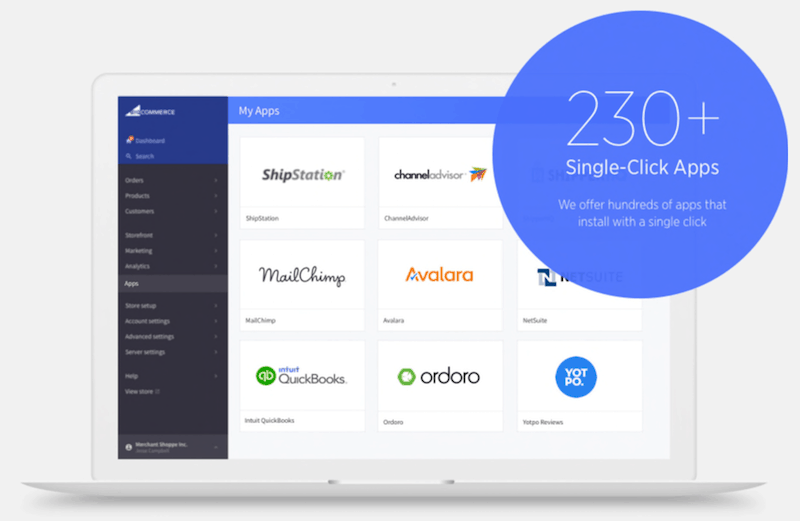 BigCommerce has more than 600 apps and growing. If there is something for eCommerce that you want BigCommerce will usually have it. The thing is - Shopify has over 2,000.
BigCommerce has more than 600 apps and growing. If there is something for eCommerce that you want BigCommerce will usually have it. The thing is - Shopify has over 2,000.
While BigCommerce might have solutions to a problem you run into - Shopify will have that solution and probably a second option to choose from. This competition breeds improvement throughout their apps.
All of the basic apps you might come to expect on an eCommerce platform are present and most needs can be satisfied.
Customer Support
Another 24/7 customer support offering is available at BigCommerce. They can be contacted via phone or email.
BigCommerce also has thousands of help articles and videos. The community at BigCommerce is helpful as well and a lot of issues can be solved by perusing their forums or a quick Google search.
BigCommerce Pricing
The pricing structure of BigCommerce is comparable to Shopify’s and offers a lot of the same value.
All plans include unlimited products, unlimited staff accounts, unlimited products, unlimited file storage, unlimited bandwidth, the ability to sell in other sales channels, coupons, discounts, gift cards, shipping label discounts, real time shipping quotes, professional reporting tools, HTTPS, dedicated SSL, 24/7 support, and product ratings with reviews.
BigCommerce also includes a custom enterprise level as well which allows more customizability.
5. Squarespace - Halfway Between Wix and Shopify
Squarespace is another option that would be ideal for a store with only a few products. The main competitor of Squarespace is Wix which is the better choice for a simple to use platform.
While Squarespace is definitely not the best option for an eCommerce store it does have positives.
Pros
Quick Building - The good, no, the great thing about Squarespace is how easy it is to make a truly aesthetically pleasing website in a surprisingly small amount of time.
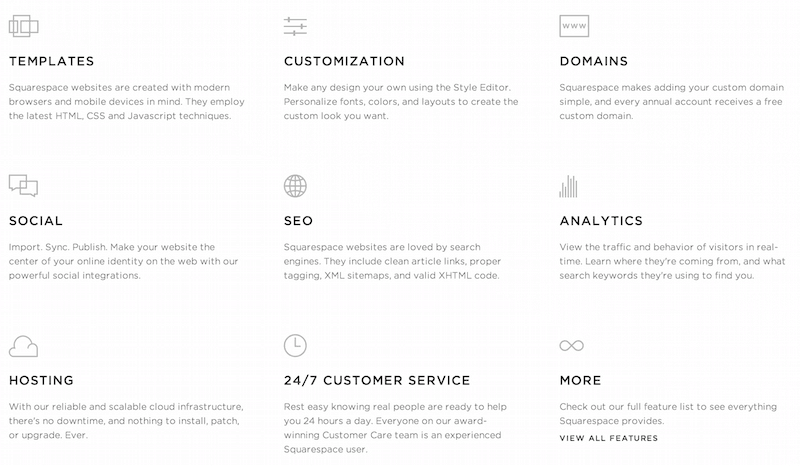
Easy Professionalism - What you’re really paying for in Squarespace is the drag-and-drop software paired with their amazing templates. These two features combined just make websites that look good. At the end of the day if you don’t care about customizing every aspect of your website your one goal is just to make a website that looks good.
Staying inside one ecosystem - Squarespace is all-inclusive and provides literally everything you need to build and grow your website. Staying all on one platform with everything owned and developed by Squarespace makes everything easier. They even provide website analytics and metrics right there for you. The problem is the options for eCommerce aren’t great.
Ecommerce for Photographers - Squarespace is great at showcasing photos on their templates. Selling them with their eCommerce functionality is really easy. If that is what you’re trying to do use Squarespace.
Cons
Squarespace is amazing at what it does well. It just doesn’t do a whole lot besides make templated websites with a few eCommerce functions.
Actual eCommerce functionality - Squarespace is not for companies that want large stores. Adding more than a few products and trying to build out an eCommerce empire is not going to work well for you on Squarespace.
Going Beyond the Template - The backend capabilities beyond sticking within a template on Squarespace can be downright difficult. If your goal is to meander from the template you are probably going to have a bad time.
Ease of Use
 There are numerous website development services that have drag-and-drop functionality. With these softwares all you do is take an element you want to build on the page and drag it to where you want it.
There are numerous website development services that have drag-and-drop functionality. With these softwares all you do is take an element you want to build on the page and drag it to where you want it.
You drag it - then drop it!
The design interface of Squarespace is as simple as it gets. You take an element you want to build on the preset template and it into a preset position it can be placed.
The whole process is standardized to ensure your website stays cohesive and stylized. All of the eCommerce options on Squarespace are straightforward to use and implement as well. There is no guessing game on Squarespace.
Templates/Design
Squarespace is the best website builder in terms of functionality and ease of use combined. There are website builders with more features as mentioned before in Wix and there are website builders that are easier to use. As a general rule all of the options that are easier to use are pretty bad.
The great thing about Squarespace is how intuitive everything is. You can scroll through the different elements to choose on and edit the settings of that element.

Or you can just click what is placed on the webpage and just edit the settings without having to hunt down what you’re looking for.
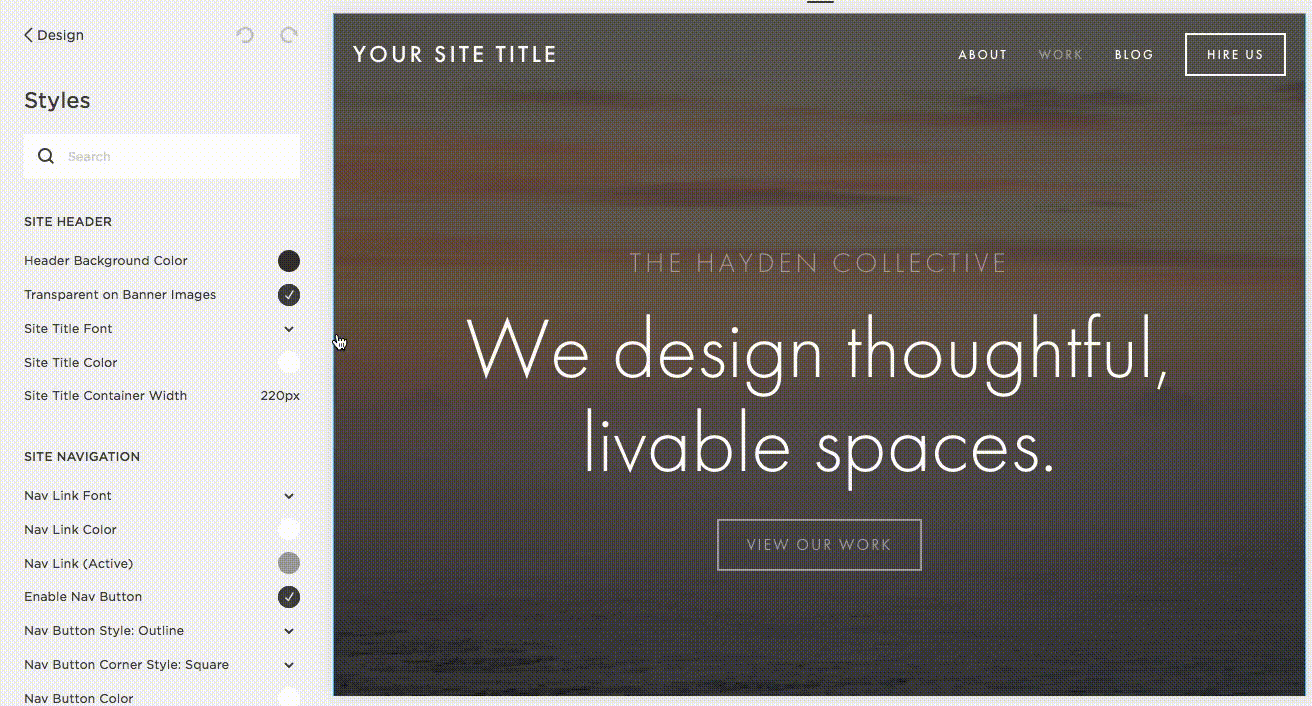
Apps and Add Ons
Squarespace doesn’t have a lot of integrations but they do have some that a basic eCommerce website that only has a few products would use. If you want to go past that Squarespace is not the right choice for you.
The integrations they have are all built in the Squarespace ecosystem and are high quality. Some integrations that are included that are beneficial are Amazon affiliate tracking, Mailchimp, Instagram, and Pinterest.
Customer Support
 Squarespace is so easy that you probably won’t ever need the customer support team. If a technical issue pops up their support is available via chat, email, and phone.
Squarespace is so easy that you probably won’t ever need the customer support team. If a technical issue pops up their support is available via chat, email, and phone.
The knowledge base for Squarespace is also extensive if there is something that can’t be found. The knowledge base comes in handy If you can’t find certain settings or elements. All it takes is a quick search in the knowledge base to be pointed in the right direction.
Squarespace Pricing
Squarespace’s pricing should be compared with Wix. Again, you’re getting what you pay for. The reason the higher tier pricing doesn’t offer a larger amount of eCommerce functionality is because Squarespace is meant for the simple eCommerce site.
All three of Squarespace’s eCommerce plans include unlimited bandwidth and storage, SSL security, 24/7 support, email address, $100 Google Ads credit, promotional pop-ups, unlimited products, and allows you to accept donations.
Check out our Squarespace review.
6. Volusion - More Trouble Than It’s Worth
Volusion exists as an alternative to other platforms for one reason. Inventory management.
It is amazing at managing large inventories and really nailed that aspect of the platform.
Volusion is another platform option that was built specifically for eCommerce and is worth checking out in comparison to Shopify and BigCommerce.
Pros
The services offered by Volusion are differentiated from Shopify and BigCommerce. That isn’t necessarily a good thing but it is at least a bit different.
Built-in services - Volusion has a network of freelancers, designers, and developers you can hire to accomplish tasks right on the Volusion platform. This makes it easy to find help immediately.
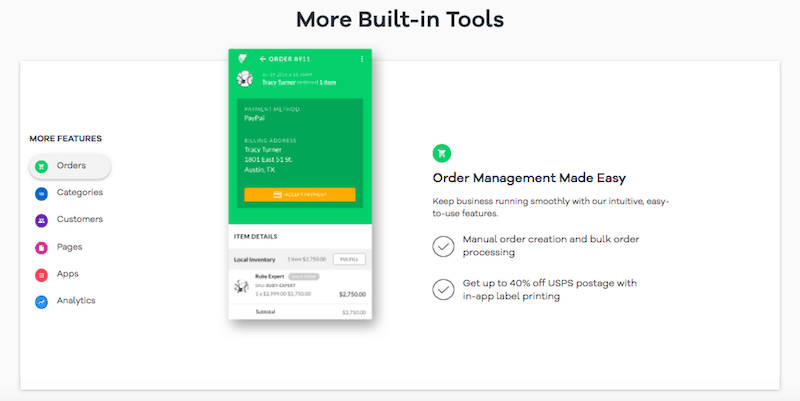
Inventory Management - This is the only thing Volusion does better than the competitors. The inventory management is awesome. It is the most intuitive and makes it super easy to update and use multiple channels.
Cons
Most options are worse on Volusion.
Bandwidth Caps - Unlike Volusion’s competitors they cap the amount of traffic your website can handle. This could be problematic if you end up receiving a lot of traffic.
Design Options - Designing a website on Volusion is by far the most difficult when compared to other options. If you locked a developer in a room and made them make a website on all six of these platforms the ugliest one would be on Volusion.
Lack of apps and analytics - You can’t even blog on Volusion. There is no app store and you can’t sell digital products. On top of that the analytics options pale in comparison to its competitors.
Ease of Use
Volusion is really just not easy to use. There isn’t much that is straightforward about creating a website on Volusion. The only thing that makes sense is their inventory management.
It is not easy to use as a beginner but even as a developer it doesn’t make that much sense. Even installing SSL is confusing. If you have money to throw at someone at Volusion to build your website then it is easy but then why aren’t you just going directly to a developer? I would bet a lot of money no developer would want to use Volusion rather than Shopify or WooCommerce.
Customer Support
The customer support at Volusion takes on customer support efficiently. Their help center is helpful just like every other solution and a phone call or quick chat will get you answers to anything else you need help with.
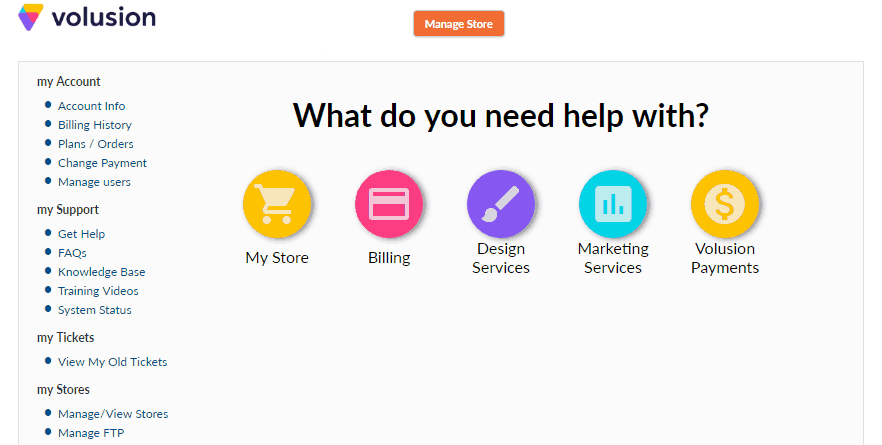
The option to pay for priority support in the highest tier is also available. This will ensure you almost never have a wait time.
Volusion Pricing
Volusion pricing is comparable to BigCommerce as well as Shopify. The tiers are a little different as they unlock more specific options than BigCommerce and Shopify. Some features that seem like they should be available at the lowest level aren’t.
All three pricing structures include an unlimited number of products, unlimited file storage, online support, secure checkout, inventory management, manual order creation, coupons, multiple payment options, and product variants.
Volusion also includes a custom enterprise level as well which allows more customizability.
Expert Opinion
There are even more options on top of the six outlined here. When it comes down to it, you can really narrow down the top ecommerce platforms to three options: Shopify, Wix, and WooCommerce.
 Shopify if you’re serious about growing an online business and can afford the price tag. Shopify makes everything easier and takes care of all the headaches that come along with growing an eCommerce business.
Shopify if you’re serious about growing an online business and can afford the price tag. Shopify makes everything easier and takes care of all the headaches that come along with growing an eCommerce business.
- Wix if you want to build a beautiful website and sell under five products. Shopify can do this as well but Wix is simpler and cheaper. It lacks a lot of eCommerce functionality but if you’re not worried about that then it is perfect.
- WooCommerce is for people who want to learn everything about growing an eCommerce website. With WooCommerce there are a lot of helpful options but you have to figure everything out on your own. It can be simple when paired with a blog and a few products but if you want to grow it into a massive store you will need to know your way around WordPress.
Basically, you need to figure out what type of store you’re looking to build and choose between these three options.
Shopify satisfies all options so if you want to be told what to choose - choose Shopify.
References and image credits:
- Indiamart.com
- Shopify.com
- CanStockPhoto.com
- TrendSoft.co
- TeamOnTwikkeling.net
Related:










